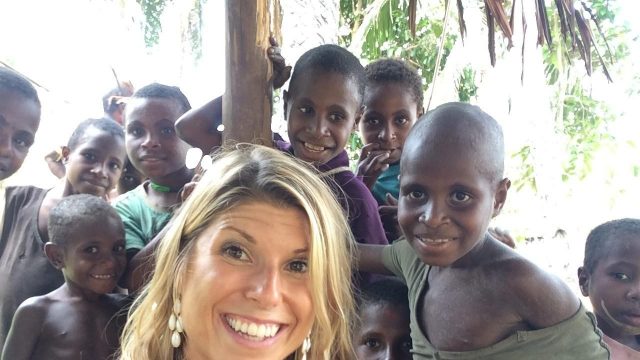Articles found in: Papua New Guinea
Discover Papua New Guinea
Published on September 15, 2015
Papua New Guinea is one of the last frontiers of adventure travel, providing an unparalleled array of natural beauty, exotic wildlife and cultural tradition. Join Kelley Ferro, travel expert and video journalist, as she journey’s through Papua New Guinea with USTOA tour operator Swain Destinations to discover the vibrant collection of cultural possibilities found within […]
Keep readingAt the River’s Edge in Papua New Guinea
Published on September 9, 2015
by Flash Parker, AFAR Ambassador Everything changes for the traveler when he’s afforded an opportunity to become an active participant in his own getaway. Walking through museums, touring (but not touching – never touching!) sites of historic importance, or zipping around on a bus, boat, or car while the landscape whizzes past at 65mph: each […]
Keep readingPapua New Guinea: Where Smiles Loom Large
Published on August 25, 2015
by Flash Parker, AFAR Ambassador A question weighed heavy on my mind as my plane circled the landing strip at Mount Hagen, somewhere over the rugged heart of Papua New Guinea, a spellbinding place where the verdant Wahgi Valley is buttressed by the towering spires of the imposing Central Cordillera. How do I live like […]
Keep reading
Papua New Guinea: Exploring The Most Remote Place on Earth
Published on August 18, 2015
by Kelley Ferro Things I learned when traveling to Papua New Guinea Leave your watch at home Downtime is necessary People who travel to Papua New Guinea are just plain cool Laughter is the universal language Go with an experienced tour operator “Wiggle, Wiggle, Wiggle, Wiggle!” shouted Lisa Greene, an attorney from Colorado. In the middle […]
Keep reading
